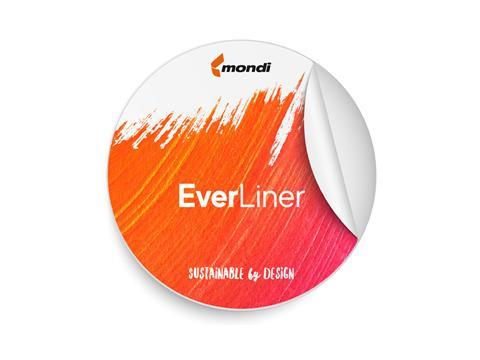
Mondi is launching a range of paper-based release liners that are created using recycled and light-weight materials.
The new products have been created with FSC or PEFC certified paper to ensure responsible sourcing and offer a solution for labels, tapes, envelopes and industrial usage.
EverLiner labelite is a lighter option to standard glassine for label applications, with the same thickness of 58 gsm glassine but engineered to a reduced weight of 47 gsm. This results in 20% less raw material being used to produce the liner.
According to Mondi, the mechanical and transparency properties of the EverLiner labelite are also comparable to standard 58 gsm glassine. Furthermore, its lighter weight reportedly allows for optimised transportation.
By using paper from an integrated production process with manufacturing and converting taking place in-house, Mondi says that this leads to a significant reduction in the product’s overall carbon footprint.
Moreover, the company reports that EverLiner is the first release liner on the market that uses a recycled base paper. The machine glazed paper (MG) with 70% FSC recycled certified content reduces the amount of fresh fibres used.
In a first cooperation with a European label producer, Mondi also says that it was able to achieve a “significant CO2 reduction” for its customer.
Andrea Lackner, R&D director for release liners at Mondi, comments: “Our aim is to create sustainable alternatives with no need to change the silicone system in order to offer products that are effective in usage, work for our customers and ultimately help protect the environment.
“By using recycled fibres, reducing the amount of material used, and looking at the whole production and logistics process, we have been able to create new highly effective options that manufacturers can choose from, depending on their product application and specific needs.”
“We apply our EcoSolutions approach, to support customers develop sustainable packaging solutions and are committed to reduce raw material usage.”

















